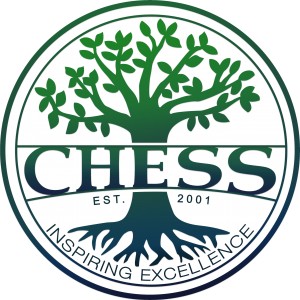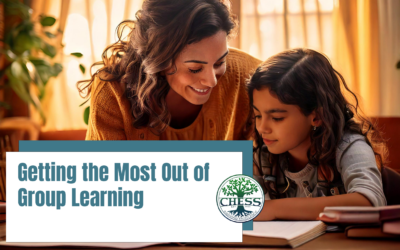We’ve come a long way since artists pounded minerals, insects, and even gold into powder, mixed those with oil, and then poured them into pig bladders for storage. And when an American artist, living in France, invented the first paint tube, artists finally emerged from dark studios into the sunlight to become the Impressionists we still love.
A problem solved, inspired by need, is a harbinger of the value of art.
Over the centuries, digital advancements long ago replaced pigment pounding but some people quietly think that digital art lacks originality, no matter how quick and easy it seems.
I tried to imagine Leonardo da Vinci speaking a few words into ChatGPT. In seconds, he would receive all existing images since the beginning of time, arranged to his specs. Would that mean his “creation” could be duplicated by anyone on earth, multiple times, forever? Just wondering, you understand.
So what’s the point of learning traditional art?
After the advent of personal computers, I had to learn new skills. I moved from painting fashion illustration ads for newspapers in India ink washes, to pen and ink curriculum illustrations for publishers, to painting children’s books with acrylic paints requiring pricey drum scans. I still prefer creating offline and then scanning, but I’ve come a long way and I do love my computer!
I’ll never be as adept as a 12 year old with a cell phone when it comes to digital art but even after AI and ChatGPT burst on the scene, traditional art principles continued to undergird my new skills.
Problem solving is essential for success in any career, even if that career eventually disappears! In a Dell Technologies Institute for the Future article, it concluded that “85% of the jobs that will exist in 2030 haven’t even been created yet.”
Why learn art if you don’t even know what your future career will be?
In art teacher Abbi Schukei’s May 29, 2019 article, “Digital Vs. Traditional Art: Is One Better Than the Other?” she writes that traditional art includes “forced problem-solving.” She says that unlike the undo button on a digital device, an artist must physically fix their errors. Through this process, artists eventually quit making those same mistakes and ultimately, the corrections performed improved their skills.
There has been some rethinking on the value of an arts education.
Ten years ago, Google’s Project Oxygen shocked everyone by announcing that among the eight most important qualities of Google’s top employees, STEM expertise came in dead last.
Then in 2017, Google’s Project Aristotle changed their previous hiring practices to include humanities majors and artists among others (no longer just STEM people).
It’s interesting that the work world has come to appreciate students trained in the arts because they are problem solvers and creative thinkers. When you think about it, people don’t really change as much as the latest software program or AI innovation, so “soft skills” will probably always be useful no matter how careers change or even disappear.
My students can choose to audit if they’re worried about their GPAs. Removing the specter of a bad grade leads many hesitant students to jump into the deep end of the pool and discover they enjoy art. They can then earn an elective grade if they wish.
Art students often fly far beyond their own or others’ expectations when there are no penalties for creative fails and they are allowed to interpret the assignments using their God-given imaginations.
There is no greater joy than watching students who might struggle with academics, stress, or even “cell phone coma” wake up and smile.
As a nod to the past in my classes, I handle famous artist biographies as storytelling with a handout for further reference if desired. Artists almost always learn better hands on, so I occasionally work in those stories while they work. This tends to be more memorable than text+test+rubric for the “right brained,” and certainly more fun.
While I can offer advice and teach the techniques of a professional artist, I am not looking to create clones. In the art world, an individual style is prized above almost everything else. My students interpret my assignments with a freshness and individuality that surprises even them!
Creative minds build on the past, constantly learn new skills, and tend to handle change well. Since the visual arts are chock full of problems to solve, those skills will help prepare them for any career and anything the future throws at them.
Betsy Dill




0 Comments